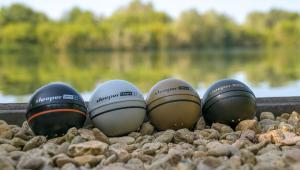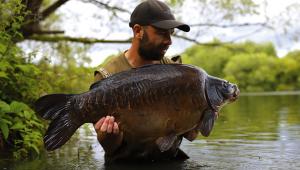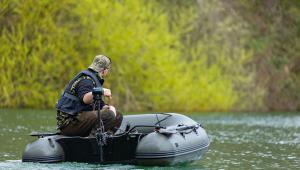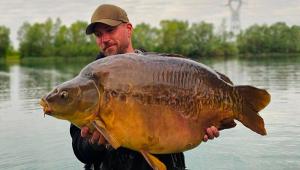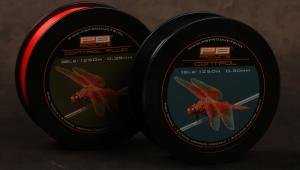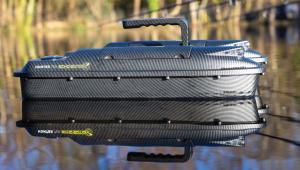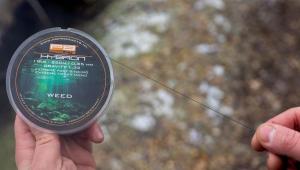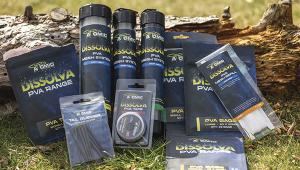First leaves of Autumn
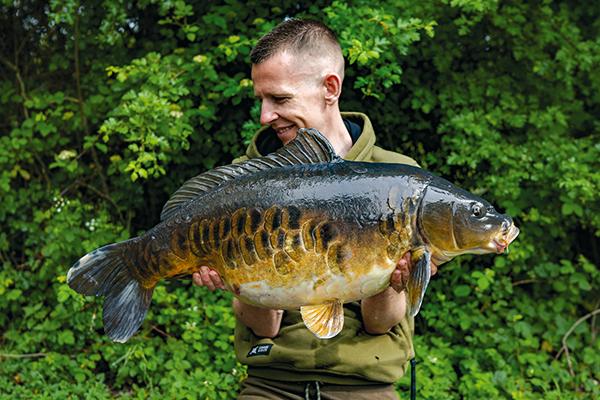
As the cooler weather starts to make an appearance, the longer nights are starting to draw in and those first signs of falling leaves appear on the ground, those days of the ‘fall’ are only around the corner. As the seasons change, so does the carp’s behaviour and with that, new cycles in their feeding patterns emerge. This time of year can certainly be tricky and some of those spots and tactics that may have produced well during the summer just don’t seem to have that same effectiveness as they did previously. Notably, autumn has always been famed for the big feed-up before winter, but with changing conditions, angling pressure and fish eating high-quality bait all year round, it can seem to be a little less prolific than times gone by.
Although, when times are tough, the end goal can be sweet, with fish having packed back on the weight after spawning and looking in tiptop condition with those lovely vibrant backdrops, there simply isn’t a better time to be out catching. We meet up with Northants based big-fish angler Brad Wegner, who sees autumn as a prime time to be bank bound in pursuit. His careful approach and consideration towards weather conditions, spots, baiting and rig tactics have led to a number of fruitful autumn campaigns in the past.
Careful consideration towards your approach at this time of year will no doubt stand you in good stead and will help you bank those bonus fish this autumn! Brad shares with you some factors to consider over the coming weeks… 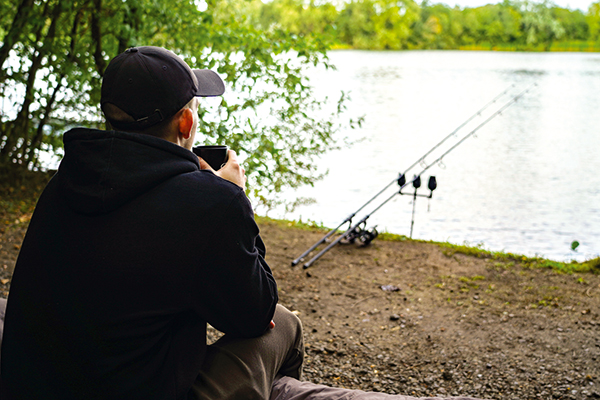
Monitoring The Weather
I closely monitor the forecast and try to plan my trip around changes in the weather, be that a fresh warm wind or a drop in pressure. Weather changes, with a boost in oxygen levels can often trigger an aggressive feeding response and timing your sessions around these peak periods can certainly result in some action.
Big winds can occur regularly during the autumn period and will often spur fish into a feeding frenzy, especially if they are a fresh new wind such as a south-westerly. Areas that do not receive the wind will often be lower in oxygen and less effective. Leaf matter will also collect in these areas and as a result, will make spots less effective, so be wary of this when choosing spots to target and bait over the autumn period.
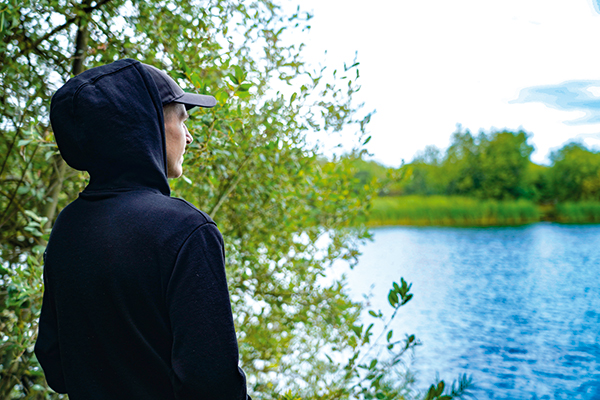 Go For Silt
Go For Silt
Silt is probably the least fished type of lake bed for many anglers, with many looking for that firm crack down and that tell-tale pull back of gravel for optimum rig presentation. Yes, gravel spots can certainly be effective, but come the later end of the season when the carp have been extremely pressured on the same spots time and time again, they certainly wise up to bait and rigs in these areas.
Instead, looking for a seam of silt, whether that be at the seam of the gravel or a depression in the lake bed or a small patch among the weed, the silt is much less alarming to a carp when enticing it to feed.
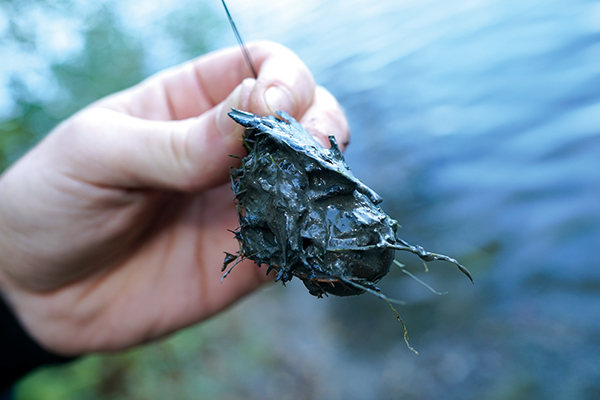 Silt can come in many different forms and despite some smelling pretty foul in places, some silt is near-on odourless. The most effective way of finding and then determining the depth and smell of silt is using a small grappling style lead. By using this type of lead, you will quickly be able to determine the exact make-up of the lake bed. Silt will pretty much always allow you to pull the lead smoothly over it, with very little vibration at the rod tip. If the lead can be pulled smoothly, but there are the odd taps from gravel, this will signify that the silt is quite shallow and potentially very fine.
Silt can come in many different forms and despite some smelling pretty foul in places, some silt is near-on odourless. The most effective way of finding and then determining the depth and smell of silt is using a small grappling style lead. By using this type of lead, you will quickly be able to determine the exact make-up of the lake bed. Silt will pretty much always allow you to pull the lead smoothly over it, with very little vibration at the rod tip. If the lead can be pulled smoothly, but there are the odd taps from gravel, this will signify that the silt is quite shallow and potentially very fine.
When pulling the lead back, if it is smooth, but also a heavy feel, this could signify deep silt. As silt can vary in different areas of the lake, it is best to have a thorough lead around to determine what areas would be best to target. I have always found small silt spots among weed very effective, and although they can be tricky to find, they are certainly less pressured and will often throw up some rarer fish. I always check the smell of the lead to determine if the silt is rancid or clean; rancid silt does have the tendency to taint baits, so I always try to avoid fishing among it.
Preparation
With the darker nights making an arrival, it pays at this time of year to put the prep work in where you can, so you can make the most of your trips when you can get down the lake. I think it is always worthwhile, where possible, to visit the lake during the hours of darkness before your planned trip to try and determine where the fish want to feed.
 Those first few hours of darkness are often the time when fish will show themselves and give away where they are happy to feed. If you can get down to the lake for a few hours after work for a scout about and try to figure out where the fish are, this will inevitably help you determine where to fish when you do turn up and get the rods out.
Those first few hours of darkness are often the time when fish will show themselves and give away where they are happy to feed. If you can get down to the lake for a few hours after work for a scout about and try to figure out where the fish are, this will inevitably help you determine where to fish when you do turn up and get the rods out.
Furthermore, if you can apply some bait to these areas prior to your session, this will help to build the carp’s confidence leading up to your trip.
Match The Hatch
Autumn is certainly the time of year that I feel match the hatch type hook baits come into their own, especially if you are baiting with quantities of boilies in an area. Match the hatch are much less obvious to the passing carp as opposed to a bright, stand out hook bait that they may have seen for several months previous.
The soon to be released Pacific Tuna dumbbell wafters are perfect at this time of year and settle nicely over the top of any silt and debris. If I am fishing spots that may have a scattering of leaves or light, dying weed on, then I’ll opt for a pop-up, but my main choice would be to have a bait on the deck where those fish are feeding and sifting through the silt.
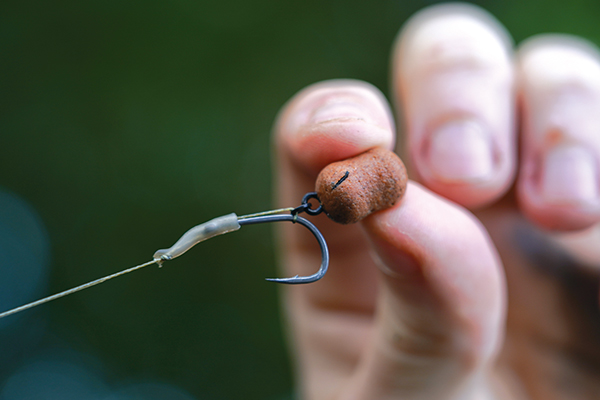 The Margins
The Margins
Most anglers will write off the margins once the temperatures start to drop, but in fact they can be equally as effective during the autumn as they are during the heights of summer. As long as there is a decent depth to the margin, the ledges or edges of the slope-off are certainly attractive patrol routes for carp. Nutrient rich larders can be found on the slopes of the margins, including silt pockets and clay, which are extremely attractive to carp at all times of year; if you can keep the bait trickling over a period of a few weeks, you will condition the carp to visit and feed regularly in that area.
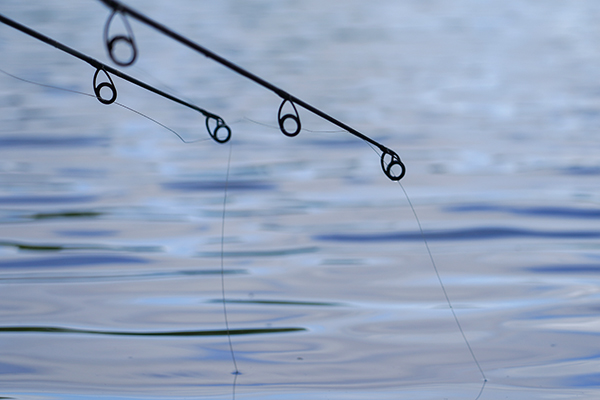 Less Bait, More Attraction!
Less Bait, More Attraction!
The days of piling in the bait in the autumn and a big hit shortly following seems to have long gone… in fact, autumn hits of fish are very rare and have been for a few years now, so I think it is best to use less bait but load it up with attraction and fish for a bite at a time. Autumn is a season for catching big carp, but you certainly don’t need piles of bait to achieve this. Focus on location, finding the right spot and introducing enough to draw fish in and create a positive feeding response.
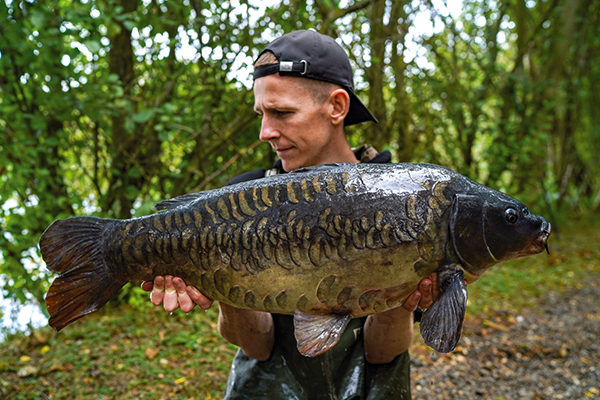 I still prefer a high quality fishmeal bait in the autumn, the Pacific Tuna being my first choice! I do not introduce lots of bait, but regularity of baiting is key for me. I use this combined with the Bait Booster and matching Booster Powder, preparing them the night before I go fishing to crank up the attraction levels. These coated baits work from the off and deliver maximum levels of attraction into the swim!
I still prefer a high quality fishmeal bait in the autumn, the Pacific Tuna being my first choice! I do not introduce lots of bait, but regularity of baiting is key for me. I use this combined with the Bait Booster and matching Booster Powder, preparing them the night before I go fishing to crank up the attraction levels. These coated baits work from the off and deliver maximum levels of attraction into the swim!
Be Prepared For Trips!
With the hours of darkness lengthening, being prepared, especially when doing overnighters between work is vital. I try to utilise my time effectively and have rigs tied before trips, so that I can get rods in place quickly when turning up after work. I also keep a power pack in my bag charged at all times, this is ideal for keeping the mobile and headtorch topped up.
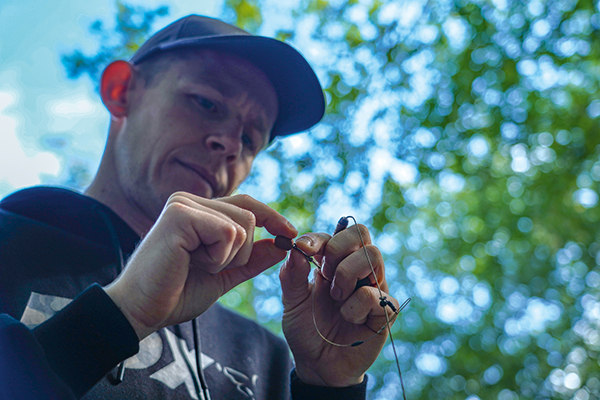 The Business End
The Business End
I have found that when targeting the silty areas of the lake, the helicopter rig is the most versatile and effective presentation in ensuring that your hook bait is laying flush to the lake bed and ready to be picked up. By adjusting the top bead on the helicopter, you can quickly adapt to meet any situation, which is also important when staying mobile and moving on to fish. Couple this with a wafter hook bait and as long as you hit the clip or trap the line when the lead enters the water, your rig will always kick away and perform effectively!
Autumn can be a productive time of year, but carefully considering your approach and making those slight tactical tweaks will often swing the odds in your favour. These are just a few pointers that I have ultimate faith in doing and put into my own angling, but no one water is the same and you may find that certain switches work better on your venue during this transition period of the year.
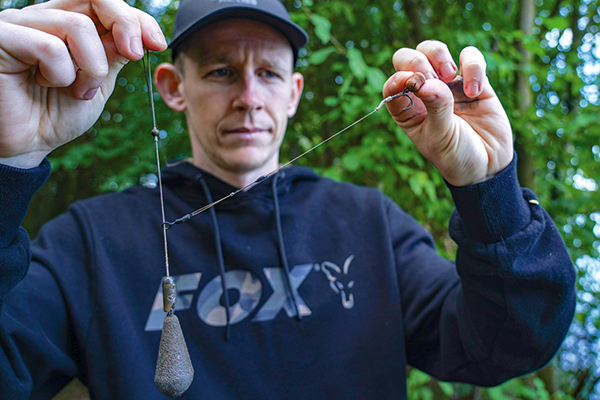
Website - WWW.CCMOORE.COM
- Log in or register to post comments
